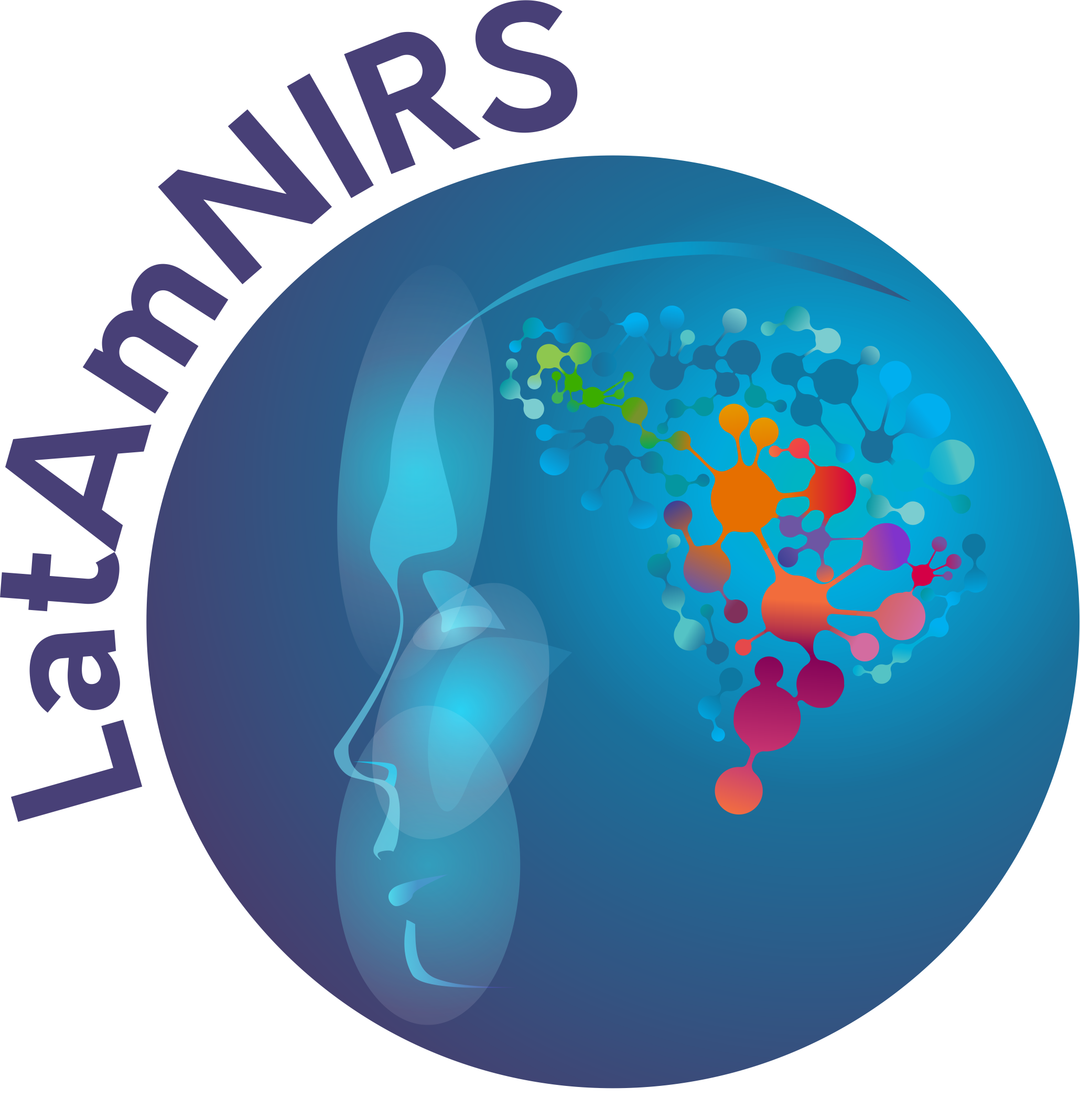High-Density Diffuse Optical Tomography
Definition: High-Density Diffuse Optical Tomography (HD-DOT) imaging systems use dense, as in “High Density Source-detector Array“, often regularly spaced arrays of near-infrared sources and detectors to obtain overlapping measurements of the underlying hemodynamic activity. Compared to conventional multichannel fNIRS systems, the measurements obtained from source-detector pairs across various increments of neighboring distances facilitate higher spatial resolution and depth profiling. This allows a three-dimensional tomographic spatial reconstruction of cortical activity patterns comparable to those obtained using fMRI.
Alternative definition:
Synonym:
References: https://doi.org/10.1117/1.NPh.2.2.025005https://doi.org/10.1016/j.neuroimage.2009.07.033
https://doi.org/10.1016/j.neuroimage.2012.01.124
https://doi.org/10.1016/j.neuroimage.2015.05.058
https://doi.org/10.1080/23273798.2017.1290810
https://doi.org/10.7554/eLife.75323
https://doi.org/10.1063/1.5086809
https://doi.org/10.1117/1.3368999
Related terms: Diffuse Optical Tomography (DOT), Ultra-high density (UHD), High Density (Source-detector Array)
